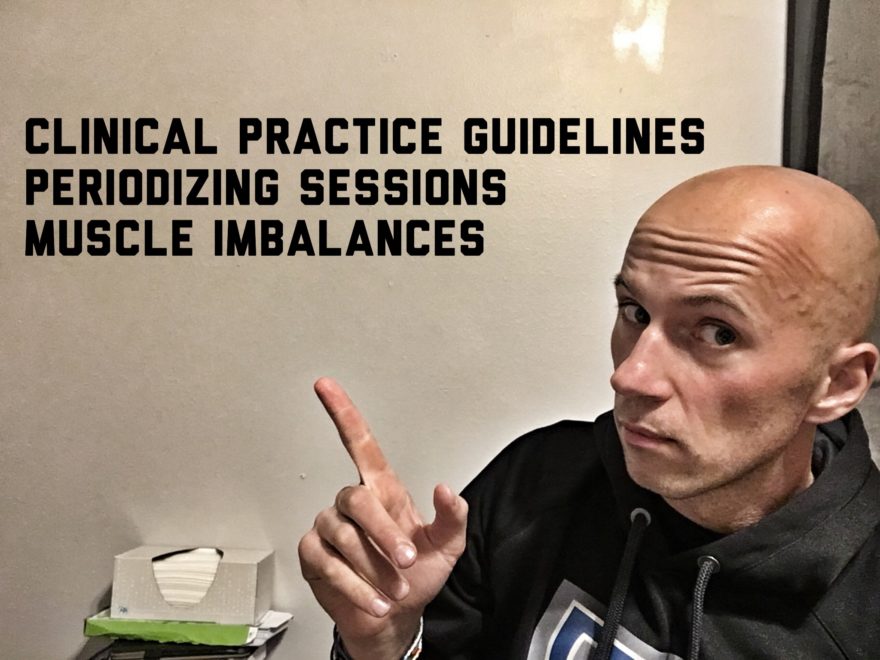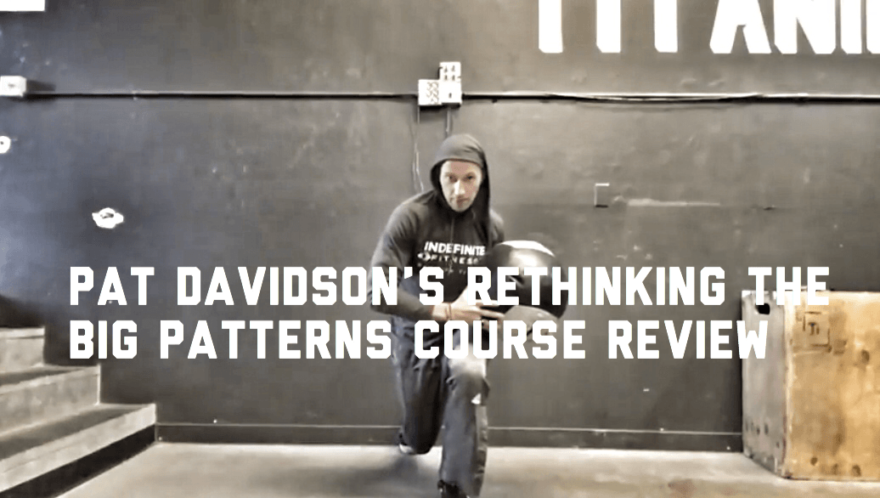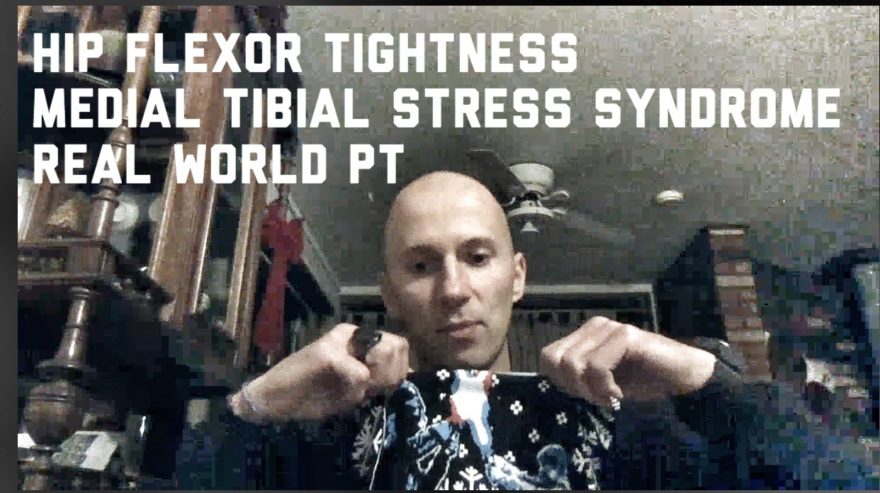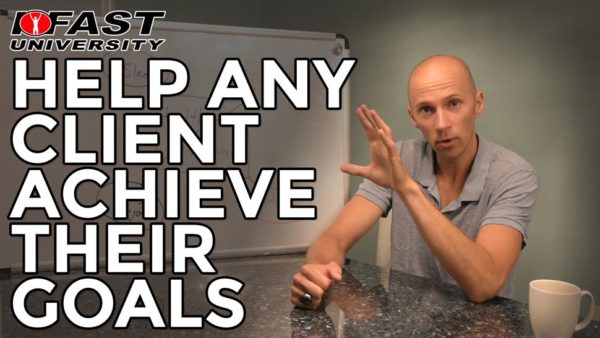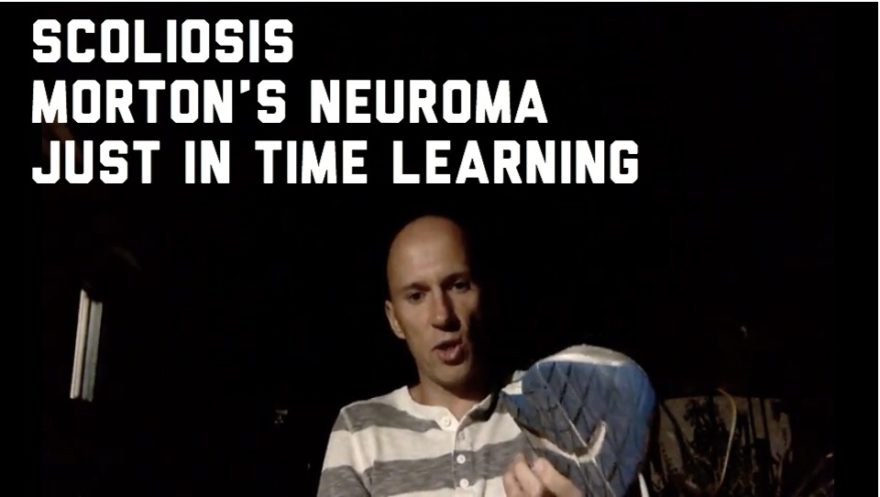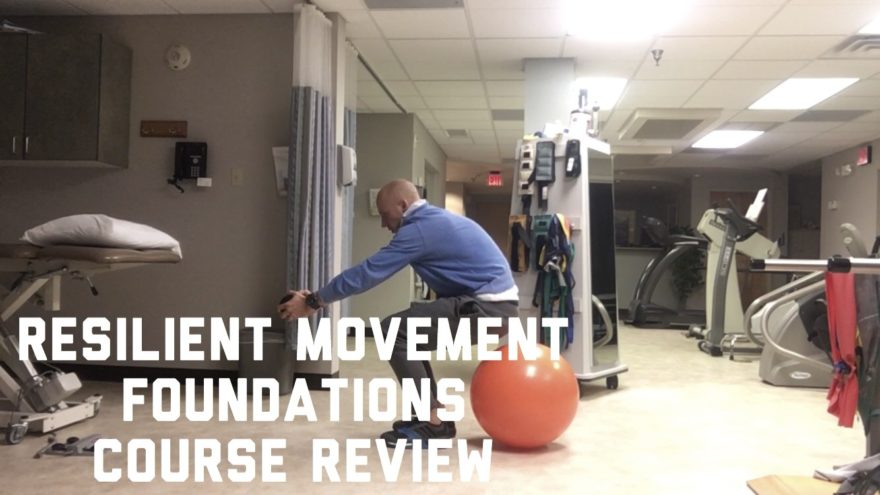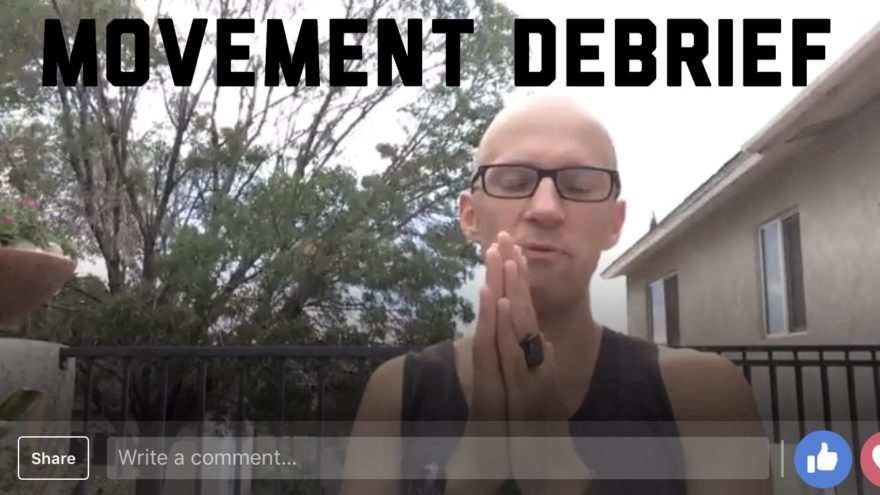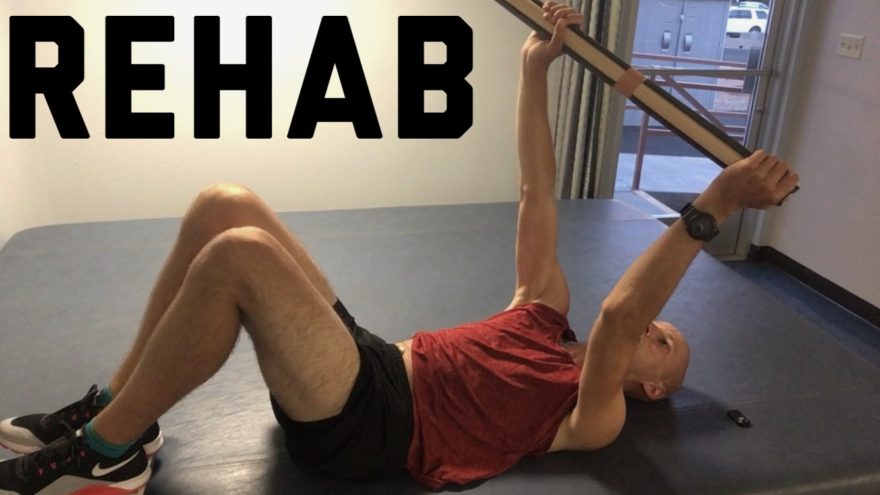Movement Debrief Episode 37 is in the books. Here is a copy of the video and audio for your listening pleasure. Here is the set list: What is diaphragmatic breathing? What is diaphragmatic breathing not? What are some simple ways to coach diaphragmatic breathing? What are some strategies for those who struggle with simple in through the nose and out through the mouth? What does it take to ensure someone can safely overhead press? What do I look for from a mechanics standpoint on an overhead press? What cues are relevant for ribcage position? How does visceral fat impact achieving a zone of apposition? What is happening with plantar fasciitis? What causes plantar fasciitis? How can you treat plantar fasciitis? How can you help clients work around plantar fasciitis? If you want to watch these live, add me on Facebook, Instagram, or Youtube. They air every Wednesday at 7:30pm CST. Enjoy! Here were the links I mentioned: Bill Hartman Infrasternal Angles and Overhead vs. Quadruped Starting Strength Hruska Clinic 2018 Shoe List Heel wedges Arch Supports Here’s a signup for my newsletter to get nearly 3 hours and 50 pages of content, a free acute:chronic workload calculator, basketball conditioning program, podcasts, and weekend learning goodies: [yikes-mailchimp form=”1″ submit=”Get learning goodies and more”] Diaphragmatic Breathing Overhead Pressing Visceral Fat & Zone of Apposition Plantar Fasciitis
Read More
